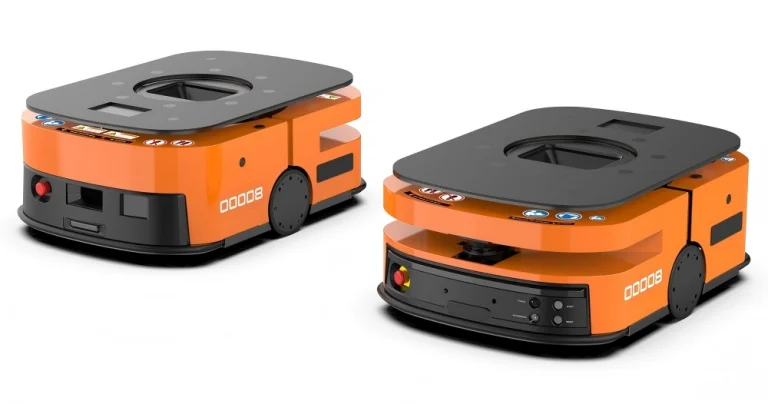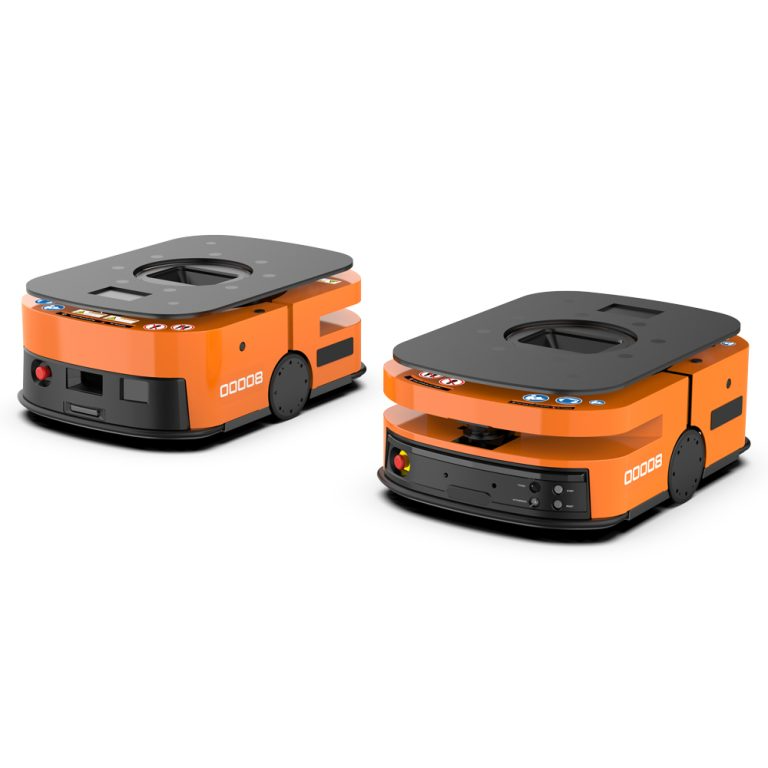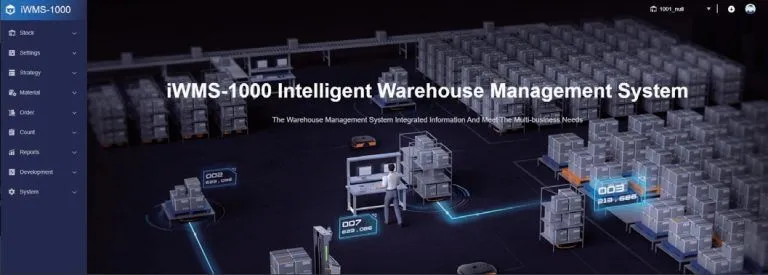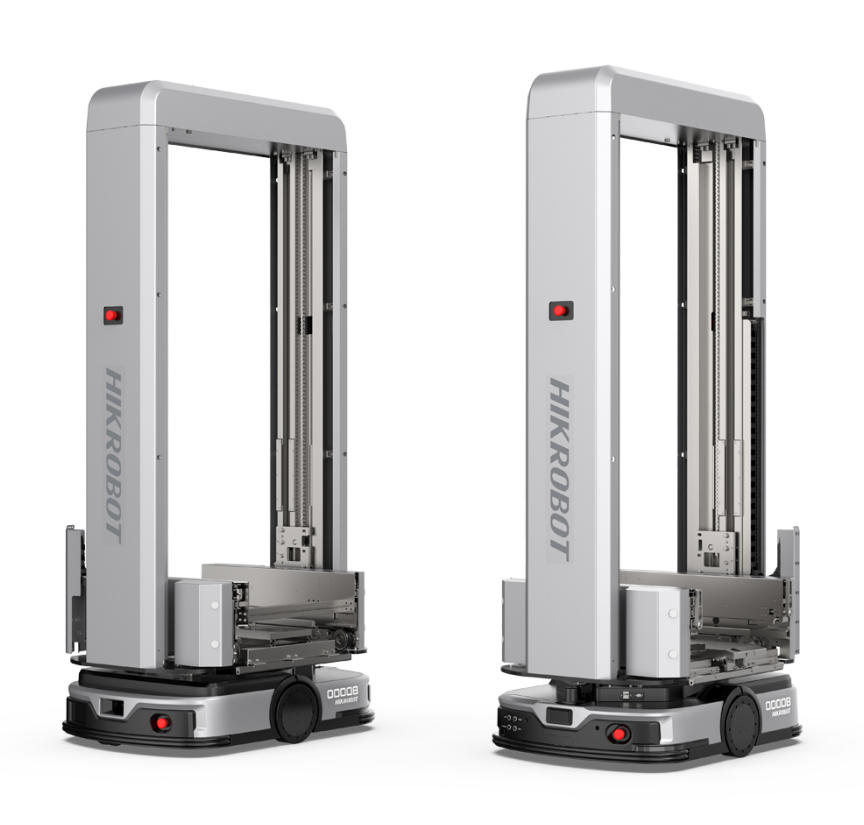
Manufacturing’s a wild ride these days. It’s fast-paced. It’s demanding. And it’s all about rolling with the punches. High-mix, low-volume production is where the action’s at—think 3C electronics, car parts, or medical gear. The problem? You’re churning out tons of different products in small batches. Old-school setups, built for cranking out identical widgets by the truckload, just can’t hack it. That’s where Autonomous Mobile Robots (AMRs) step in. They’re flipping the script on how factories run. But are they really up to the task of handling the crazy, ever-shifting demands of high-mix, low-volume production? Let’s dig in and find out.
What Makes High-Mix, Low-Volume Production So Tricky?
High-mix, low-volume production is like hosting a dinner party where every guest wants a custom meal. Every night. You’ve got a ton of product types—the “mix.” And you’re making them in small batches—the “low-volume.” That means constant retooling. Quick switches. And a need for razor-sharp accuracy. You see this in industries like 3C electronics (computers, communications, consumer electronics), automotive, and pharmaceuticals. Customization is the name of the game.
Here’s why it’s such a tough gig:
Inventory Chaos: You’re managing thousands of SKUs. One slip-up in material handling, and your whole line shuts down.
Non-Stop Changeovers: Switching product types means tweaking your setup. That burns time. And cash.
Crazy Deadlines: Customers want their custom orders, like, yesterday. The pressure’s on to deliver fast.
Mistake City: Manual handling in a complex setup is asking for trouble. Think wrong parts landing at the wrong station.
Traditional conveyors or manual workers can’t keep up. They’re slow. They mess up. And they’re not nimble enough to pivot when production needs shift. AMRs, though? They’re built to handle this madness.
How Autonomous Mobile Robots Tackle the Challenge
AMRs aren’t your average factory robots. Forget those old Automated Guided Vehicles (AGVs) stuck on fixed tracks like trains. AMRs roam free. They’re smart, using tech like SLAM (Simultaneous Localization and Mapping) to navigate on their own. Think of them as the delivery drivers of the factory floor. They dodge obstacles. They reroute in real-time. So, what makes them a perfect fit for high-mix, low-volume production? Let’s break it down.
Dynamic Path Planning for Ever-Changing Needs
High-mix production means your factory layout’s always changing. One day, you’re building phone parts. The next, it’s laptop components. AMRs are made for this. They don’t need fixed tracks or pre-set routes. They use laser-based SLAM or QR code navigation to map the factory as they go. They adjust their paths on the spot. For instance, in a 3C electronics plant, an AMR can zip from storage racks to assembly lines. It drops off specific components without a hitch. If a new product line pops up, the AMR adapts right away. No need to rip up the floor or rewire anything. It’s flexibility you can count on.
Multi-Robot Collaboration for Seamless Scalability
High-mix production is a juggling act. You’ve got multiple tasks going at once. AMRs work like a tight-knit crew. They’re coordinated by advanced fleet management systems. Picture an automotive factory. One AMR’s hauling heavy chassis parts to the assembly line. Another’s dropping off tiny screws at a nearby station. A single control system, like a lightweight fleet scheduler, keeps dozens of AMRs in check. It makes sure they don’t crash. It prioritizes tasks based on what the production line needs right now. Some systems can handle up to 2,000 robots in one map. They assign tasks in under a second. That’s the kind of hustle high-mix production demands.
Customizable Configurations for Diverse Tasks
Materials come in all shapes and sizes. High-mix production means handling everything from tiny circuit boards to huge engine parts. AMRs come in different types to tackle this variety. Here’s the rundown:
| AMR Type | Best For | Key Features |
| Latent Mobile Robot (LMR) | Small parts, narrow spaces | Low profile, slips under racks, 360° rotation, up to 500kg load |
| Forklift Mobile Robot (FMR) | Pallet handling, high racks | 1.6–4m lift height, 1500kg capacity, adapts to standard pallets |
| Heavy-Duty Mobile Robot (HMR) | Large components, heavy loads | 3–5-ton capacity, custom fixtures, automatic obstacle avoidance |
| Carton Transfer Unit (CTU) | E-commerce, small boxes | High-density picking, integrates with shuttle systems, boosts picking accuracy |
These options let AMRs handle specific jobs. Whether it’s moving small parts in a 3C factory or hauling heavy molds in an automotive plant, there’s an AMR for it. Their modular designs make tweaks a breeze. Swap out a gripper. Add a sensor. You’re ready for whatever the production line throws at you. It’s like having a Swiss Army knife for your factory.
Integration with Smart Systems
AMRs don’t go it alone. They team up with intelligent warehousing systems (like iWMS) and manufacturing execution systems (MES). This is huge for high-mix, low-volume production. Take a 3C electronics factory. An iWMS tracks thousands of SKUs in real-time. It figures out what materials the production line needs next. Then, it sends AMRs to deliver those parts just-in-time. This cuts down on excess inventory. It keeps production lines running smoothly. One project saw a 40% jump in warehouse efficiency. Storage utilization shot up by 50%. That’s the kind of impact that makes you sit up and take notice.
Real-World Wins: AMRs in Action
Let’s get real. In a 3C electronics factory in China, the team was in over their heads. They had thousands of SKUs. Constant line changeovers. And super-tight delivery schedules. Manual workers were swamped. Errors were piling up. They brought in a fleet of 300 AMRs—latent and carton transfer units. These robots took over everything. Raw material delivery. Moving finished goods. The result? Picking errors dropped by 30%. They hit 15,000 order lines a day. The warehouse used real-time data to move hot-selling items closer to picking zones. That cut transport time in half. It was a game-changer.
Another example: an automotive parts supplier. They were grappling with heavy components. Deliveries to assembly lines were hit-or-miss. They rolled out heavy-duty AMRs that could carry 3-ton loads. These robots worked with a smart warehousing system. They tracked inventory. They delivered parts right when needed. Line stoppages fell by 55%. The AMRs’ flexibility meant the supplier could switch between part types without retooling everything. For high-mix production, that’s a huge win.
I heard about a smaller operation, too—a medical device manufacturer. They didn’t need a massive fleet. Just 10 AMRs. But those robots transformed their workflow. They handled delicate components with precision. They cut delivery errors to nearly zero. It’s proof that AMRs aren’t just for big players. Even smaller shops can get in on the action.
Why AMRs Are a Game-Changer for Flexibility
AMRs bring a level of adaptability that old-school systems can’t match. Fixed conveyor belts? Too stiff. Manual labor? Too error-prone. Here’s why AMRs are the real deal for high-mix, low-volume production:
Fast Setup: AMRs can be up and running in days. Not weeks. Their plug-and-play designs and easy interfaces make deployment a snap. A small project with 10 AMRs can be live in under a week.
Easy Scaling: Need more robots? Add them to the fleet. No need to tear your factory apart. Systems like RCS-Lite make scaling a piece of cake, even for smaller setups.
Safety First: AMRs use laser-based obstacle avoidance. They meet SIL3 safety standards. They cut down on workplace accidents. That’s huge when handling heavy or hazardous stuff.
Cost Savings: AMRs reduce manual labor. They boost efficiency. That saves money. One factory saw labor costs drop by 40% after switching to AMRs.
Now, AMRs aren’t perfect. The upfront cost can be a gut punch, especially for smaller factories. Integrating them with older systems might take some tinkering. And yeah, sometimes the tech feels like it’s from the future, which can be a bit intimidating. But the payoff? Faster turnarounds. Fewer mistakes. Happier customers. That’s worth its weight in gold.
About Wesar Intelligence: Your AMR Partner
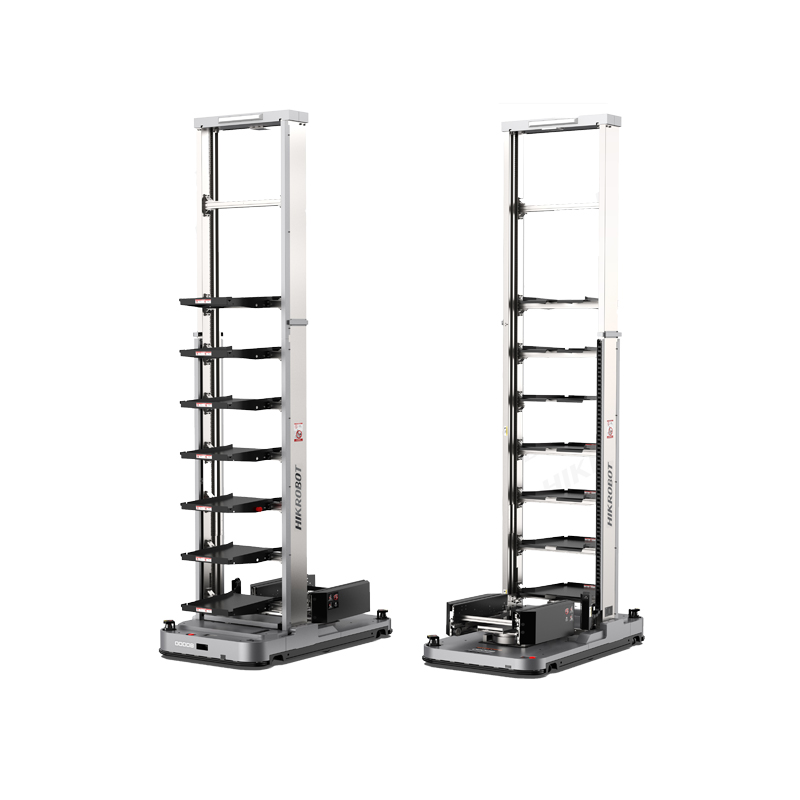
Wesar Intelligence Co., Ltd. is your go-to for smart factory solutions. They’re all about Autonomous Mobile Robots and intelligent warehousing systems. Their focus? Industries like 3C electronics, automotive, and e-commerce. Wesar builds custom solutions. They combine top-notch AMRs with smart software platforms. Their lineup has it all. Latent mobile robots for tight spaces. Heavy-duty models for massive loads. A seasoned team backs it up with end-to-end support—planning, deployment, and after-sales service. They offer a one-year warranty. Need on-site help? They’re there within 48 hours. Wesar keeps your high-mix, low-volume production running like a well-tuned engine.
Conclusion
Autonomous Mobile Robots aren’t just fancy tech. They’re a lifeline for manufacturers swimming in the deep end of high-mix, low-volume production. They adapt to changing layouts. They handle all kinds of tasks. They sync with smart systems. Whether you’re making smartphones, car parts, or medical devices, AMRs bring the flexibility, speed, and precision you need to stay in the game. As industries keep changing, AMRs will get smarter. They’ll get greener. They’ll get more affordable. They’re paving the way for a new era of manufacturing—one where flexibility rules.
FAQs
How do Autonomous Mobile Robots make high-mix, low-volume production more efficient?
AMRs streamline the chaos. They navigate factory floors on their own. They deliver materials right where they’re needed. When they’re needed. This cuts down on manual errors. It slashes wait times. Some systems boost warehouse throughput by up to 40%.
Can AMRs handle thousands of SKUs in a crazy complex setup?
You bet. Autonomous Mobile Robots work with intelligent warehousing systems. They track thousands of SKUs in real-time. They make sure the right parts hit the right production lines. They can even prioritize fast-moving items for quicker grabs.
Are AMRs affordable for smaller high-mix production setups?
Totally. Lightweight systems like RCS-Lite work with small fleets. Think 10 robots. They run on budget-friendly hardware. They deploy fast. This cuts labor costs. It makes AMRs a great fit for smaller operations.
How safe are Autonomous Mobile Robots in busy factories?
Safety’s a top priority. AMRs use laser-based obstacle avoidance. They meet SIL3 standards. They reduce risks from heavy lifting or human slip-ups. That means a safer workplace for everyone.
Can AMRs work with my existing factory systems?
For sure. AMRs sync with systems like WMS, MES, and ERP. They share data to keep things running smoothly. Providers like Wesar offer integration support. They make sure everything clicks with your setup.


